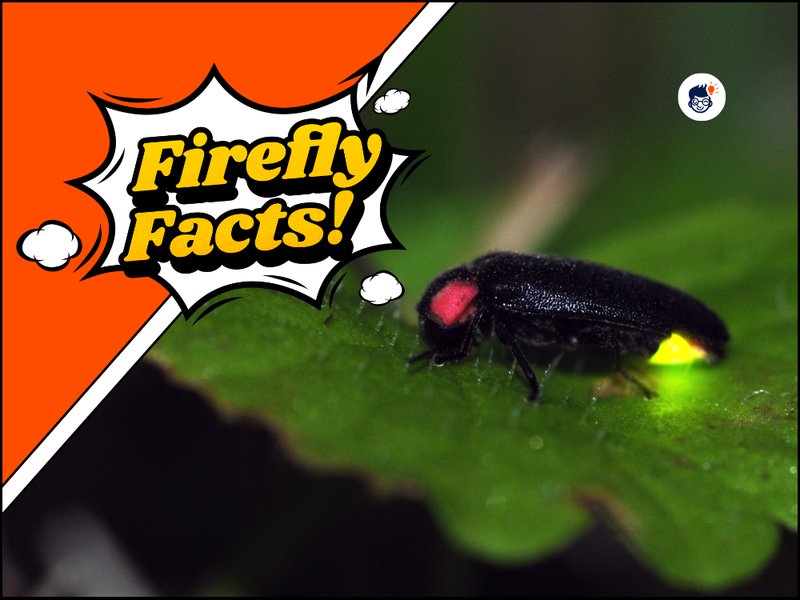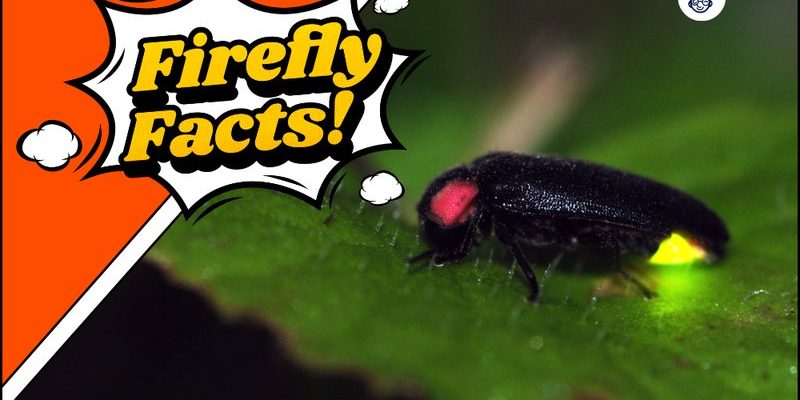
Fireflies belong to a group of insects known as beetles. They can be found in various environments, but they thrive in warm, humid climates. With nearly 2,000 species of fireflies worldwide, each brings its unique charm to the night. Whether you’re a nature lover or just a curious observer, discovering what makes these little critters special can deepen your appreciation for them.
1. Bioluminescence: Nature’s Glow
You might be wondering, “How do fireflies create their glow?” The answer lies in a fascinating process called bioluminescence. This natural phenomenon occurs when certain chemical reactions happen inside an organism. Fireflies produce light in their lower abdomen using a chemical called luciferin, mixed with an enzyme known as luciferase, and oxygen.
This combination creates light without heat, a process called cold light. The glow can serve different purposes, like attracting mates or warning predators. Imagine a dazzling light show where the insects communicate and connect—all happening right in your backyard!
2. Not All Fireflies Light Up
Here’s the thing: while we often associate fireflies with their glowing abilities, not every species lights up like those enchanting flashes we adore. Some fireflies emit light only during their larval stages. These larvae also use their glow to warn potential predators that they’re toxic and not a tasty snack.
In fact, many fireflies have varying degrees of brightness, and some may not glow at all! So, if you ever catch a glimpse of a firefly that doesn’t sparkle, don’t be disappointed. It’s just playing a different role in the cycle of life.
3. Fireflies Are Master Communicators
Fireflies don’t just light up for fun; they’ve got a pretty sophisticated communication system. Each species has its own unique flash patterns, which they use to attract mates. It’s like a dance routine in the dark, where males emit specific light sequences to signal their interest, and females respond with flickers of their own.
When mating season hits, you might see a spectacular light show as fireflies perform their glowing courtship, each looking for the perfect partner. It’s a beautiful reminder of how nature finds ways to connect despite being in the dark.
4. They Don’t All Glow in the Same Color
Did you know that fireflies don’t just shine a single color? While many of us associate fireflies with a yellow or greenish glow, they can actually produce light in various colors, including yellow, green, and even blue. The specific color depends on the species and the wavelength of light produced during the chemical reaction.
This colorful display adds to their allure, making each species unique. Imagine walking through a field and witnessing a rainbow of twinkling lights—how magical would that be?
5. Habitat and Lifecycle
Fireflies prefer moist environments, like fields, gardens, and forests. They thrive in areas with plenty of vegetation, which provides shelter and food sources. Their life cycle is equally fascinating and goes through several stages: egg, larva, pupa, and adult.
The larval stage is particularly interesting, as the larvae can live for months (up to two years in some cases) before transforming into adult fireflies. During this time, they often feed on snails, slugs, and other insects. This dual role helps them grow and prepare for their brief adult lives, which last only a few weeks.
6. Not All Fireflies Are Bioluminescent
While many fireflies are famous for their magical glow, some species have adapted to life without this glowing ability. These non-bioluminescent fireflies might compensate by developing other survival strategies, like mimicking the flash patterns of glowing species to attract mates or prey.
This variety in adaptations showcases how nature works, allowing different species to survive and thrive in various environments. It’s a great reminder of the diversity of life on Earth!
7. Fireflies Are Declining
Unfortunately, firefly populations have been in decline due to habitat loss, light pollution, and climate change. As we pave over fields and create bright artificial lights, we disrupt their natural environment, making it harder for them to thrive.
By reducing light pollution and planting native plants in our gardens, we can help create safe spaces for these enchanting insects. Think of how wonderful it would be to see fireflies dancing in your garden again!
8. They Can Be Found Worldwide
Fireflies have a wide distribution, found on nearly every continent except Antarctica. They thrive in warm, humid climates, so you’ll often spot them in North America, Asia, and parts of Europe. Different regions have unique species with distinct flashing patterns, adding to their global charm.
When traveling, keep an eye out for fireflies—each area has its own glowing gems waiting to be discovered. Different cultures relish in the beauty of fireflies, weaving tales and folklore around them that highlight their significance in nature.
9. Fireflies in Folklore and Culture
Fireflies have captured our imagination for centuries, appearing in countless stories and folklore. In many cultures, they symbolize hope, love, and transformation. For instance, in Japan, fireflies are linked to the spirits of the deceased, signifying that loved ones are nearby.
These little creatures have become a part of traditions, poetry, and art. It’s fascinating to think about how something so small can inspire such deep cultural significance.
10. Conservation and Protection
As we’ve seen, fireflies face many challenges in today’s world. Supporting conservation efforts is crucial for ensuring their survival. Organizations are working to protect their natural habitats and educate the public about light pollution’s impact.
By creating awareness and fostering a love for these luminous insects, we can play our part in saving fireflies for generations to come. From turning off unnecessary lights at night to planting native plants, every little effort counts.
As we wrap up this illuminating journey through the world of fireflies, it’s clear that these tiny insects offer more than just a pretty glow. They remind us of the marvels of nature and the importance of protecting our environment. So next time you see a firefly light up the night, take a moment to appreciate the magic—and the science—behind it.

